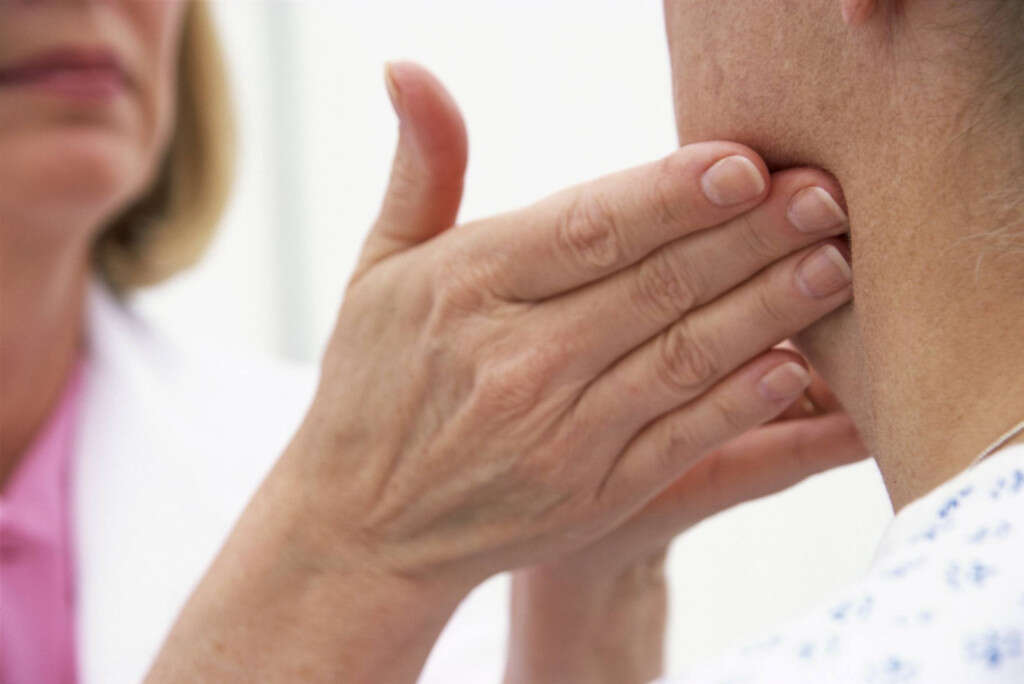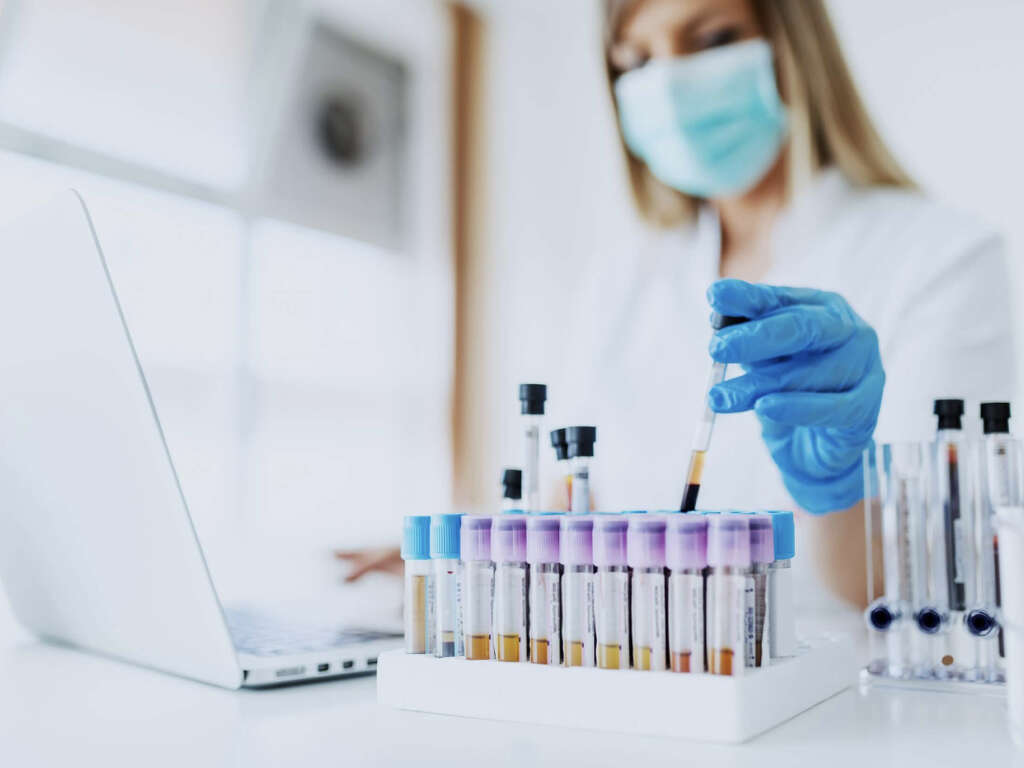10 Symptoms of Typhus
Typhus is an infection that is caused by the bites of insects and arthropods such as fleas, ticks, and lice. The bite can transmit the Rickettsia bacterium, which is responsible for the illness. When the bite is itchy, we are prone to scratching, which can then open up the skin, allowing the bacteria to get into the bloodstream.
There are three main types of typhus: epidemic, endemic, and scrub. Which type of typhus you catch will depend on which type of animal bit you.
It is rarely fatal today but can still cause some very unpleasant side effects. The side effects experienced can depend on the type of typhus infection. Below are 10 common symptoms of typhus.

Symptom #1: Fever
Having unwelcome bacteria loose in the body is potentially dangerous, especially when they are able to form an infection. As such, the body reacts swiftly to deal with any bacteria that may make their way in. Usually, this is a relatively simple task for our defense systems and we don’t really notice it happening.
Sometimes, though, it can be necessary to call out the big guns, one of which is a fever. In raising the body temperature beyond normal levels, the body becomes too hot for pathogens to survive comfortably. In cases of epidemic typhus, this fever is likely to exceed 102.2°F.

Symptom #2: Headaches
There is still a lot that we don’t know about headaches, or how to cure them. Most people are fortunate in that they are usually only mildly uncomfortable. For some people, however, they can be excruciating. They can be a sign of conditions ranging from harmless to deadly, and they are a common symptom of typhus.
If you do have a headache, you are unlikely to think that is might be something to be concerned about. However, you might be inclined to see a doctor if it is accompanied by certain other symptoms. The headaches that come with epidemic typhus are known to be particularly painful.

Symptom #3: Rash
A rash is often a cause for alarm, or at least it used to be in days gone by. Many rashes were caused by illnesses that were once very dangerous to us, even if they are not necessarily dangerous today. However, a rash is still something that should not be treated with complacency.
The rash associated with typhus generally appears as small red dots. It will usually start in the chest area and can spread to other parts of the body. People with scrub typhus are also likely to have a sore at the point where they were initially bitten.

Symptom #4: Chills
If you have a fever, then you will probably have chills at the same time. This is not a coincidence, as the two generally go hand in hand. In fact, chills are a symptom of a process that helps the body to raise a temperature in the first place.
In order to heat the body up, our muscles will contract and relax quickly. The blood vessels will also dilate near the surface, and this will lead to what we experience as chills. This will leave us wanting to stay beneath the bedsheets, no matter how warm the room may be.

Symptom #5: Low Blood Pressure
In order to make sure that the blood is flowing throughout the body, it needs to be pumped above a certain pressure. Otherwise, we will have difficulty feeding nutrients to the body and the extremities will be the first to suffer. This is not usually a problem, though, as there are various mechanisms in place that help ensure the blood pressure remains high enough.
People with epidemic typhus, however, are likely to experience a drop in blood pressure. This is something that you should definitely take notice of and get seen to by a medical professional as soon as possible. This is known medically as hypotension.

Symptom #6: Dry Cough
A cough is one of the most common symptoms we know of. Quite often, it is the body’s way of ejecting unwanted items from the lungs and throat. It can be very effective and helps to keep the airways and lungs free from obstructions and pathogens. It can be caused by a wide range of illnesses, including typhus.
The cough associated with typhus is a characteristic dry cough. In some cases, this detail can help medical professionals to get closer to an initial diagnosis. While a cough would not usually be enough to compel you to visit a doctor, you should do so if the symptom persists or if it gets too harsh.

Symptom #7: Diarrhea
When we are ill, food may not be able to settle at all well in the stomach. There are various reasons why it might pass through quicker than it usually would and this can be problematic. This will generally result in diarrhea, which is typified by runny stools that are a result of not enough water being absorbed.
Diarrhea is a symptom of endemic typhus. Although unpleasant, and perhaps a little embarrassing, diarrhea is not usually a danger to us in itself. People that are particularly vulnerable, such as the very young, very old, and the weak, however, will need to be monitored closely.

Symptom #8: Muscle Pain
It is not uncommon for us to experience muscles pains when we are ill. This is often a side effect of our body’s immune system releasing chemicals to help fight off the intruder. Although uncomfortable, the pain is not usually too difficult to bear. However, this is often not the case with typhus.
Patients with epidemic typhus will often experience severe muscle pain. It is usually considerably more painful than the muscle pains we’ll usually experience when sick. If you are experiencing considerable pain in any part of your body, you should make an appointment with a doctor to try and find out why.

Symptom #9: Stupor
It is generally necessary for us to be at least fairly alert when we are awake. We need to be aware of what is happening around us and also able to react should the need arise. When we are sick, though, we might sometimes have little knowledge at all of what is going on around us.
Patients with epidemic typhus will occasionally go into a state of stupor. They will barely know what is happening around them and sometimes appear to be unconscious. Somebody who is in this condition should be found medical attention if they haven’t already.

Symptom #10: Swollen Lymph Nodes
Lymph nodes are glands that are found in various locations of the body, most noticeably in the neck, armpit, and genital region. These glands are an important part of our natural immune system and help to filter pathogens from the body’s fluids. When we have an infection, they are often made to work much harder than usual.
This increased workload can cause these glands to swell up. They are often noticeable as swollen areas beneath the skin. It is not a dangerous symptom in itself, but it is a sign that the body is fighting hard against a present infection.












